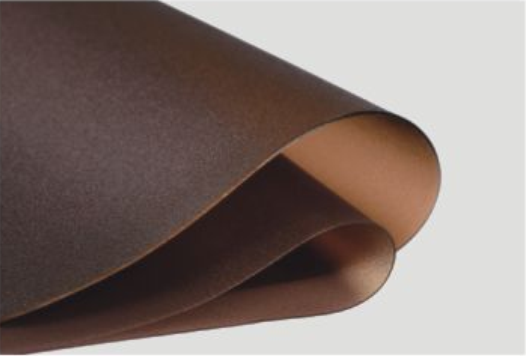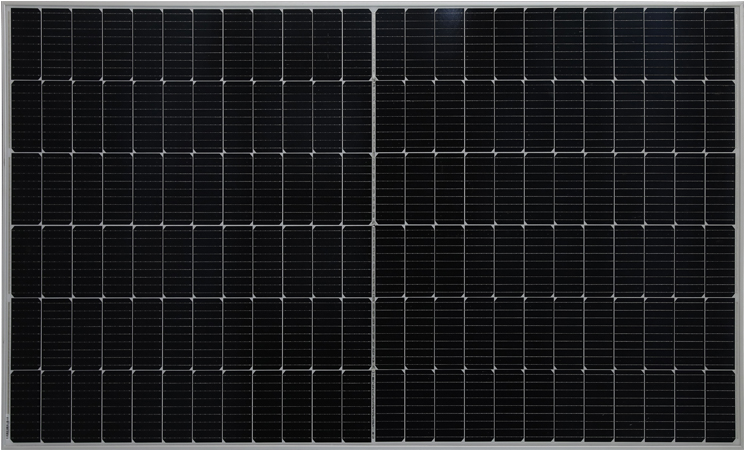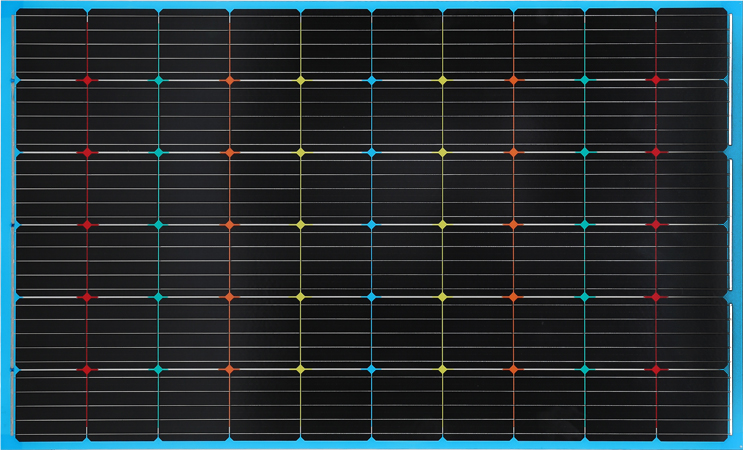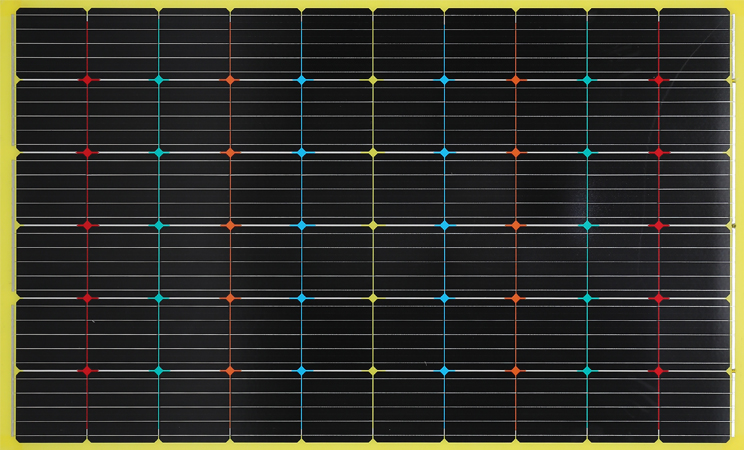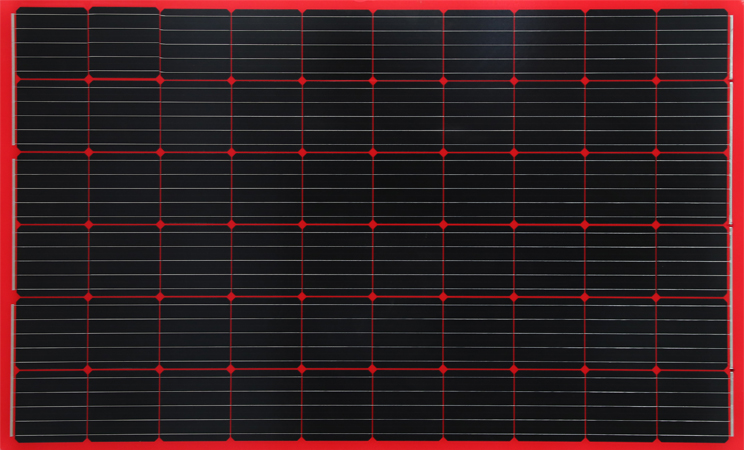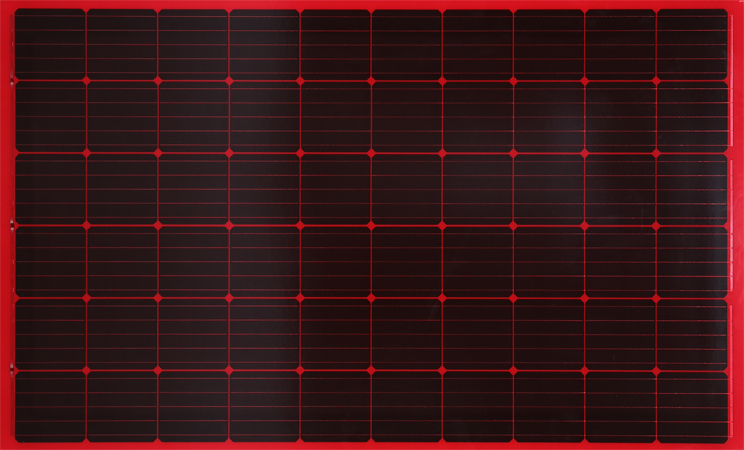PVB film, short for polyvinyl butyral film, has become an indispensable component in the modern world of glass applications. This versatile polymer is revolutionizing the safety and efficiency standards in industries ranging from automotive to architecture, offering exceptional strength, durability, and versatility.
One of the primary applications of PVB film is in laminated glass, where it acts as a bonding agent between multiple layers of glass. This laminated glass, also known as safety glass, provides enhanced security and protection by maintaining the integrity of the glass even when shattered. The PVB film securely holds the broken glass pieces together, reducing the risk of injury from sharp shards and preventing debris from scattering during accidents or natural disasters.
The safety benefits of PVB film extend beyond its ability to hold shattered glass. Due to its viscoelastic properties, the film provides an added level of impact resistance and sound insulation, making it an ideal choice for applications where safety and noise reduction are paramount. This is especially crucial in automotive windshields, as laminated glass with PVB film can prevent passenger ejection during collisions and reduce the likelihood of injuries caused by broken glass.
In addition to its safety features, PVB film offers remarkable optical clarity, allowing for unobstructed views through the glass. The film's transparency is preserved even after the lamination process, ensuring a clear and distortion-free vision. This makes PVB film an excellent choice for architectural applications, where aesthetic appeal and natural lighting are essential factors.
Furthermore, PVB film plays a vital role in improving energy efficiency. By laminating glass with PVB film, thermal insulation properties are enhanced, reducing heat transfer between the interior and exterior environments. This results in improved energy efficiency for buildings, as less energy is required for heating or cooling. The film also blocks harmful UV rays, minimizing fading and damage to interior furnishings and materials.
The versatility of PVB film extends beyond safety and energy efficiency. It can be customized with various thicknesses and colors to meet specific design requirements. Architects and designers can leverage the wide range of options to create visually striking glass facades, partitions, and decorative elements. The film can also be combined with other interlayers, such as acoustic or decorative films, to achieve specific functional and aesthetic goals.
The demand for PVB film has been steadily increasing, driven by its numerous advantages and the growing emphasis on safety and sustainability. As the film can be easily recycled, it aligns with the principles of a circular economy, reducing waste and minimizing environmental impact. Governments and organizations worldwide are recognizing the importance of sustainable materials and are implementing regulations and certifications to encourage the use of environmentally-friendly products like PVB film.
